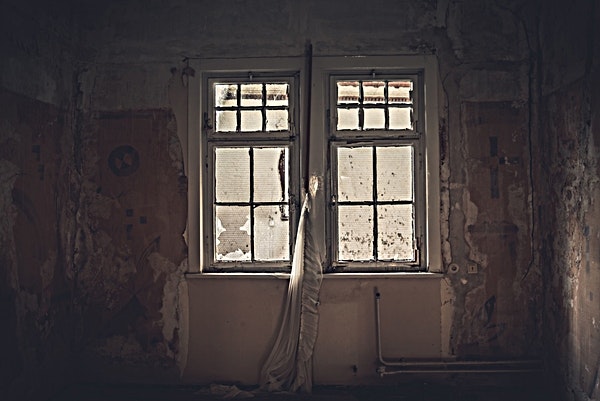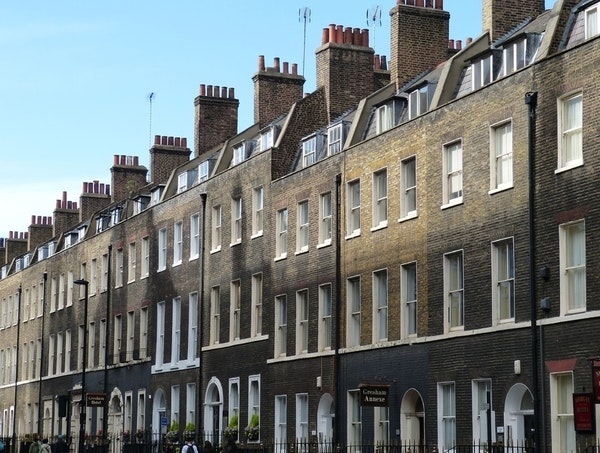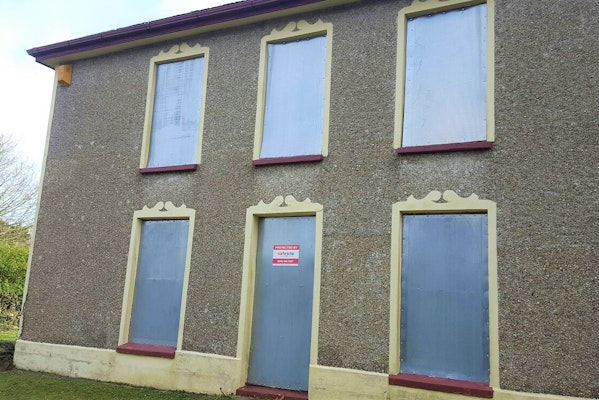- Fully qualified & insured teams
- Free site assessments
- Rapid response
- Rated Excellent
How Many Vacant Properties Are There in the UK?
Since 2018 began there haven’t been many weeks passing by without media discussions about the UK’s housing crisis. These discussions and articles include frequent references to the numerous vacant properties the government are urging local councils to bring back into use to ease the housing situation, as reported by the BBC.
Yet as the calendar flicks to another month closer to halfway through the year, just what are the numbers involved in these empty property discussions – and are they reducing?
The vacant property reality check
At the start of 2018, the Liberal Democrats released the results of a Freedom of Information research study. This research showed that, as of 2017 to 2018, the UK’s vacant property tally stood at 216,000 properties which had been empty for six months and over. Of these 216,000, the vacancies involved were …
- 60,000 properties vacant for more than two years;
- 23,000 empty for or five years or more;
- 11,000 vacant for over ten years.
Similarly, national campaigning charity Empty Homes’s own 2018 Study of Empty Homes in England reveals over 200,000 vacant properties in England – that’s an additional 5,000 homes across all local authorities in England in the year to October 2017.
The location variation
Some of us might easily be able to recognise the reality of these numbers through what we see in our local areas – we’re all familiar with the empty properties we see day in, day out, falling into neglect or awaiting much-promised ‘redevelopment’.
However, it’s also true that some of us might find it hard to relate to these statistics, because there don’t seem to be many empty properties about in our particular local area.
This difference in perceived reality occurs because the Lib Dem’s research included a spread of the statistics which reveals a distinct variation in the number of vacant properties across different localities. Particularly, UK city locations are becoming real hot-spots for properties remaining vacant well over that six month threshold, as this regional snapshot of numbers of empty properties reveals:
- London 19,845
- Durham 6,500
- Leeds 5,724
- Birmingham 4,397 – up 13% from 2016
- Bradford 4,144
- Cornwall 3,273
- Liverpool 3,093 – up 5% from 2016.
- Sheffield 1,995
- Sunderland 1,758
- Wakefield 1,666
- Doncaster 1,614
What’s more, in a city such as London there’s also distinct variation within the area, as the Metro’s Empty Homes Across London map (May 2017) reveals.
Essentially, London boroughs such as Kensington and Chelsea, Barnet, Croydon, Camden, Hackney and Enfield have significant numbers of empty properties which appear to have been rising consistently over the last 10 years; in fact, 14 of the 33 total London Boroughs are seeing rising numbers.
The other 19 boroughs report a reduction in their own numbers of vacant properties, following significant efforts to make planning easier and through initiating both incentives and penalties to landlords and property owners, to help bring properties back into use at affordable rents in the capital.
Vacancy value
A significant reason for properties to be left vacant by their owners is that they have been purchased for financial investment, not as a means of investing in the communities by letting the properties out.
This is a particular issue in prime locations in those city areas, such as London’s Kensington and Chelsea, where the 1,399 empty properties in this borough alone hold a value of approximately £664 million.
Overall, the approximate value of empty property in England is estimated to be in excess of £43 billion.
Reasons for vacancy
A property is considered to be long-term vacant once it has been empty for six months, as a six-month time-frame is largely acknowledged as being about right for those transitional transactions relating to property: such as a straightforward house sale; a period of putting in planning applications; duration of refurbishing a property.
But there can be many reasons why a property might remain vacant for longer than this, for example:
- Second homes: whilst most of us would make frequent use of a second or ‘holiday’ home if we were lucky enough to have one, there are some cases where a second home is seldom used at all, resulting in prolonged periods of vacancy. The recent tightening of discounted council tax on second homes is the latest strategy aimed at discouraging owners from leaving second homes unused.
- Resident relocation: if the owner-resident moves elsewhere for care reasons.
- Executor, Probate and Power of Attorney issues: if the owner dies or loses the capacity to manage their affairs but there’s no appointed Power of Attorney, then legal processes such as Probate, Execution of Wills and Best-Interest Assessment procedures can significantly lengthen the period of time a property remains vacant.
When this happens, the property itself may appear to be completely forgotten although there’s sure to be plenty of legal work and family involvement going on behind the scenes. Such situations can be very stressful and can carry on for years in particularly complex cases, so it can be worthwhile securing the empty property to minimise additional stress through trespass, intruders, theft and even squatting. - Planning and funding: it can be fairly common for owners who fully intend to redevelop their property and bring it back into use to run into financial or planning issues, any of which can add significant delays to intended schedules.
- Investment interests: those prime property investments tend to mean owners buy a property purely for investment value. Those who can afford to do this are largely those who can also afford to ‘buy to leave’ rather than buy to live in the property, and don’t desire to make an income from it through rental.
Back into use
Whilst the government is now encouraging councils to take stronger action to reduce the number of vacant properties across the UK.
For example, the government’s Empty Dwelling Management Orders (EDMOs) offer a legal route for councils in England and Wales to take action over residential properties which have been vacant for six months or more, in order to bring them back into use as residential dwellings. However, the Lib Dem’s research also revealed that only 19 out of 247 eligible councils actually used these powers in the five years to 2018. Unless more councils start to use such strategies, it doesn’t seem likely that the numbers of empty properties in the UK are likely to drop in any significant way soon.
If you have a vacant property which is affected by any of the issues above, you may well be concerned about security if you are delayed in bringing it back into use. If so, please contact SafeSite Security Solutions for friendly advice and a free no-obligation quote on how to maximise security and safety for the property – and the local community.
Request a free no-obligation quote
We respond in under 30 mins on average (excl. weekends)


